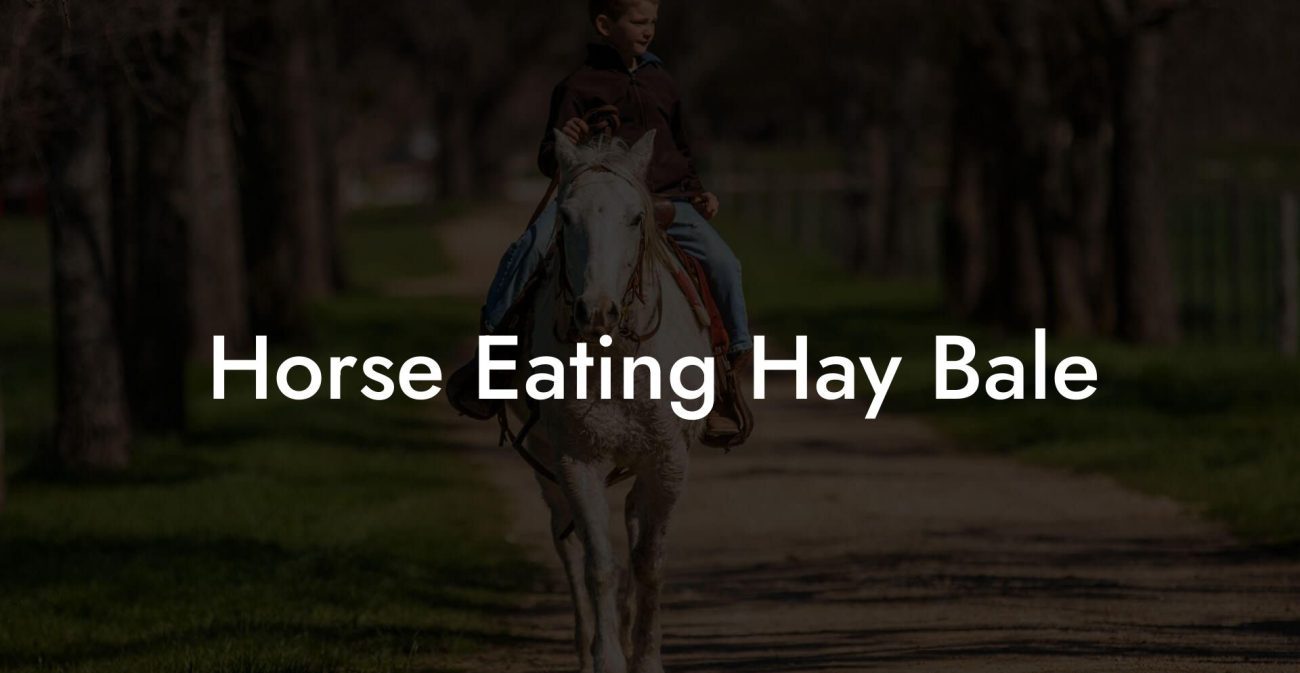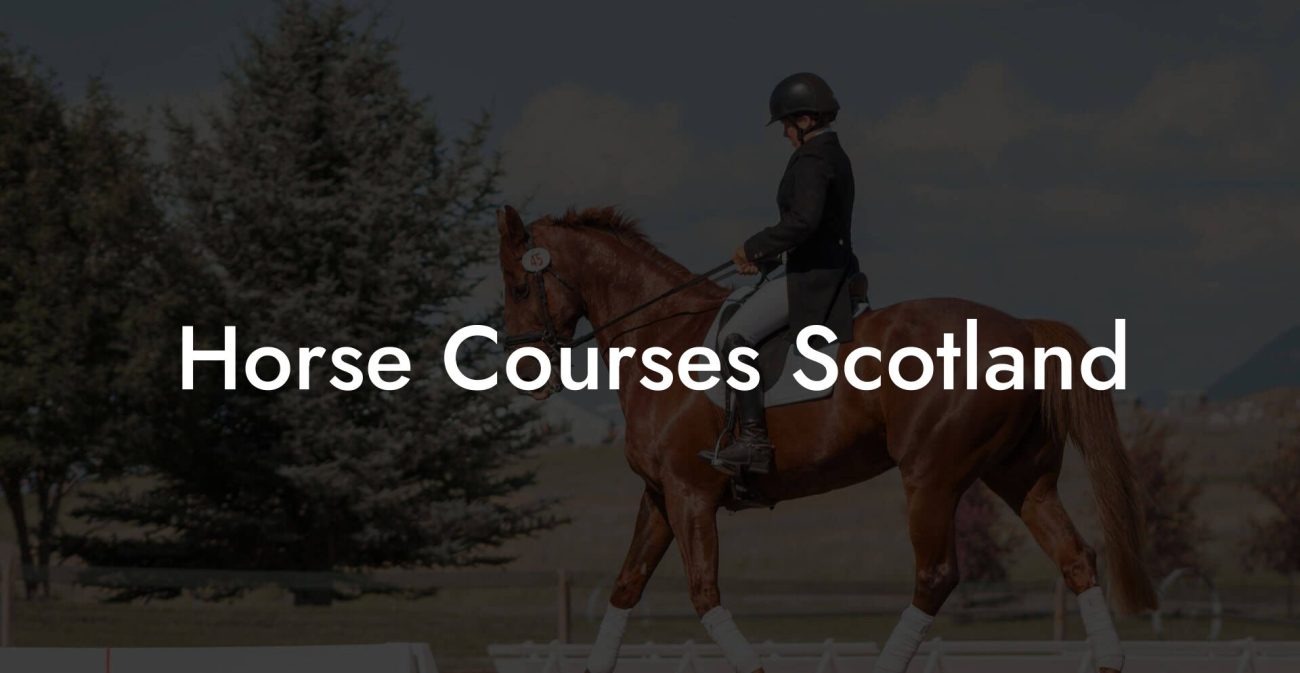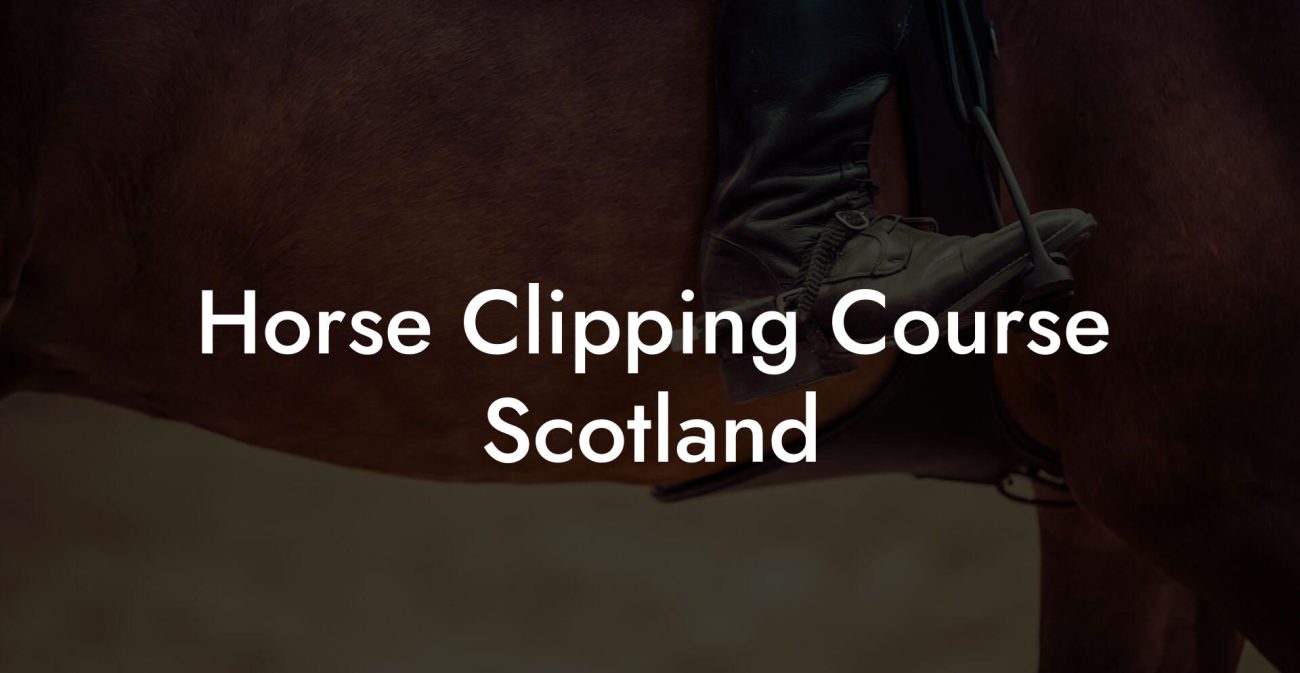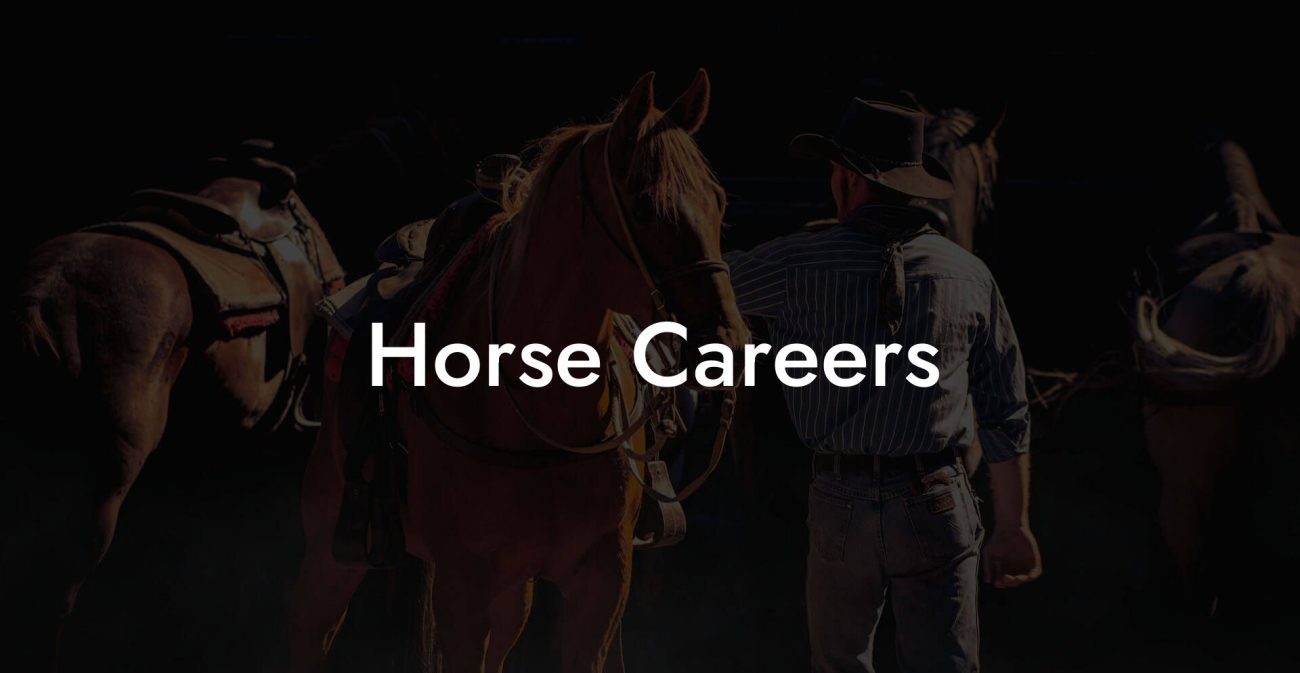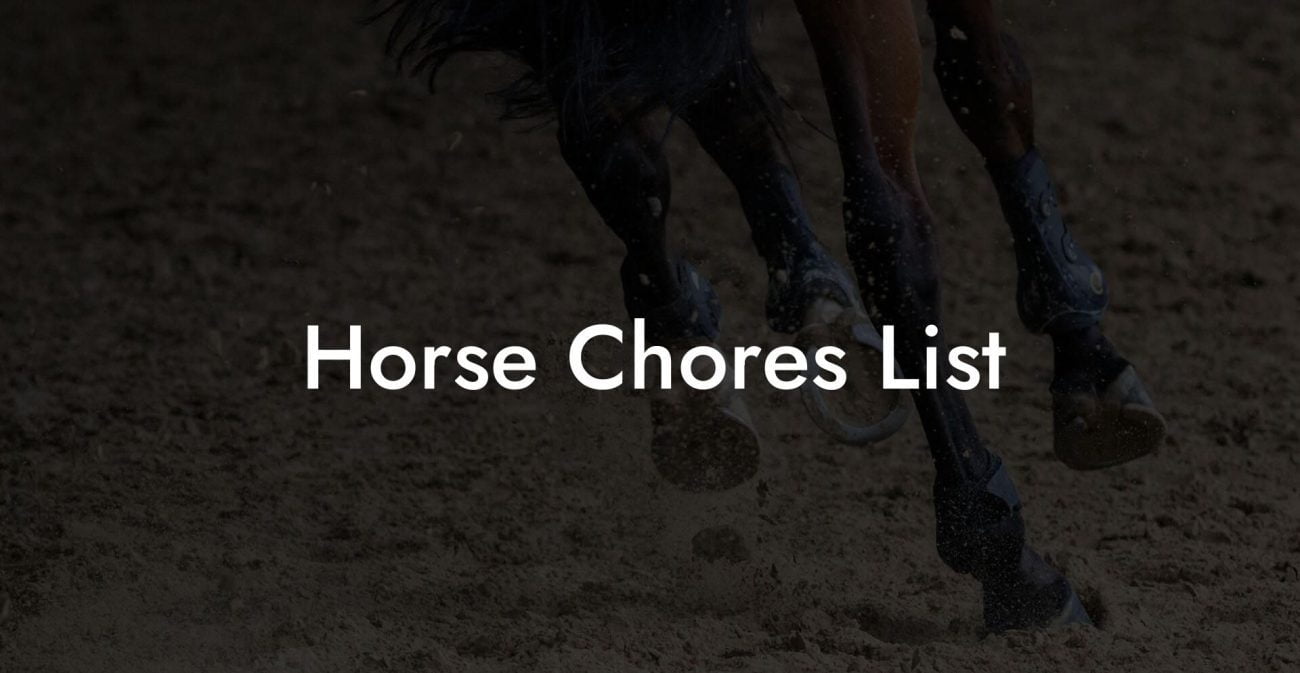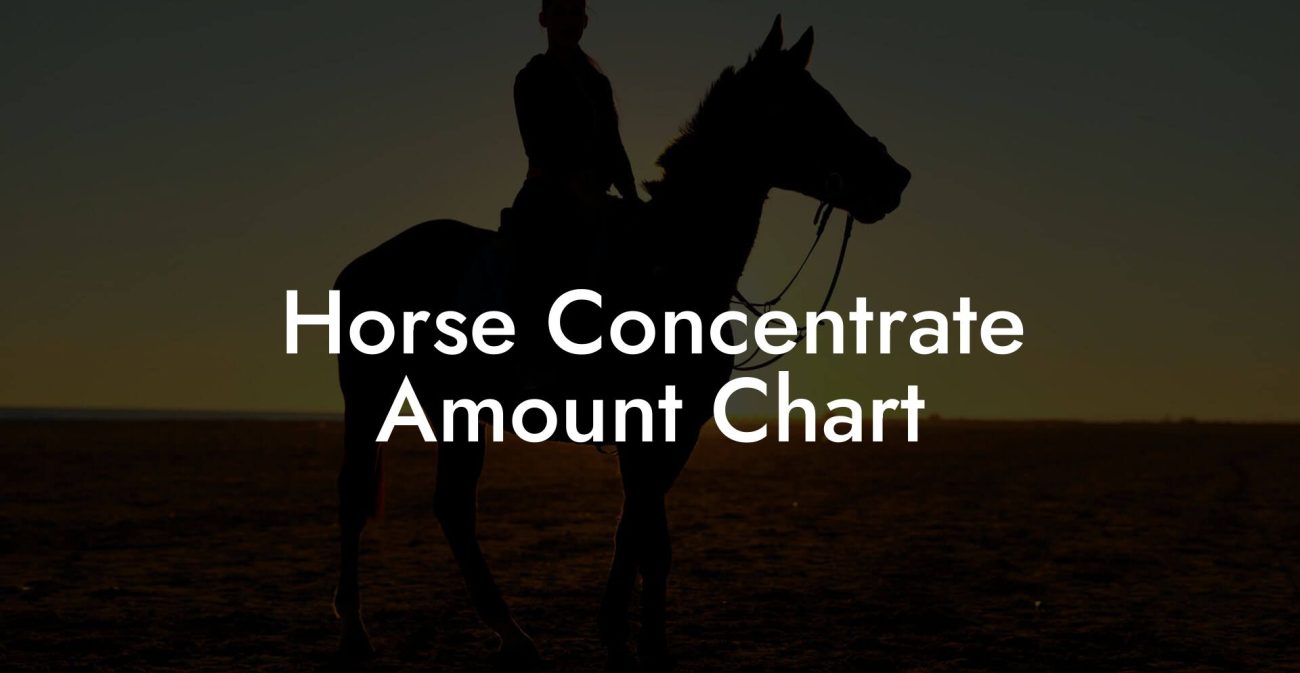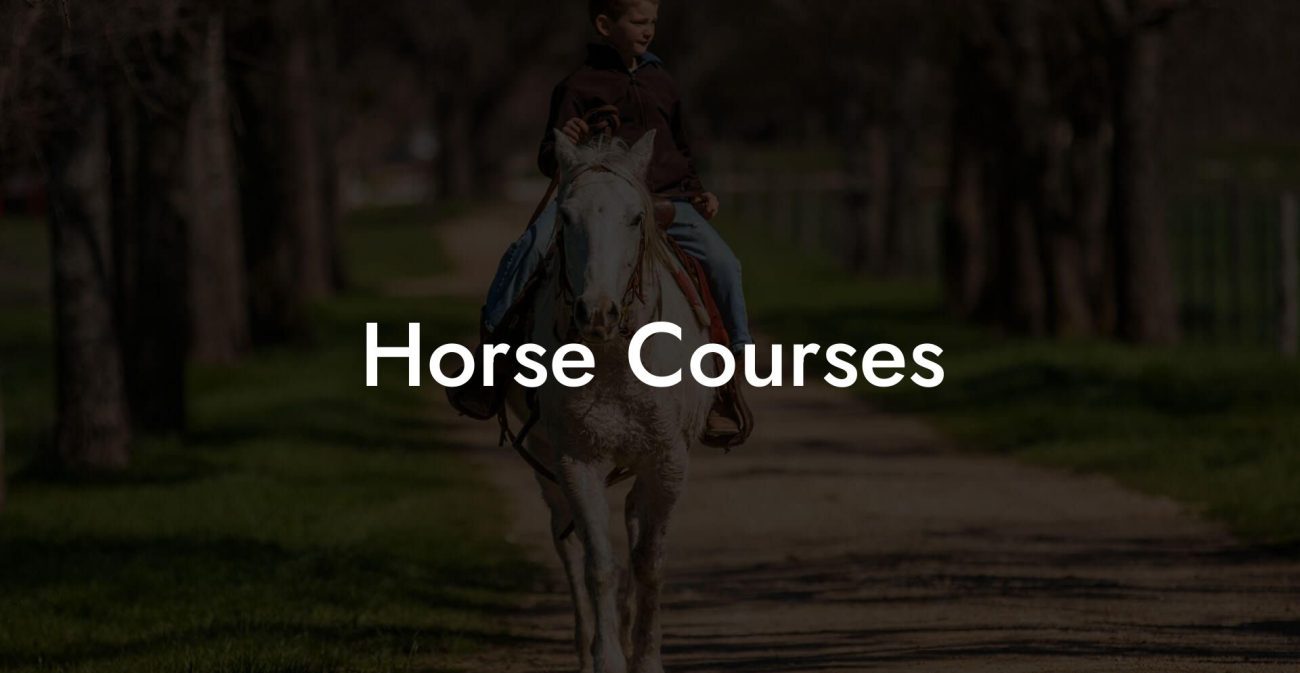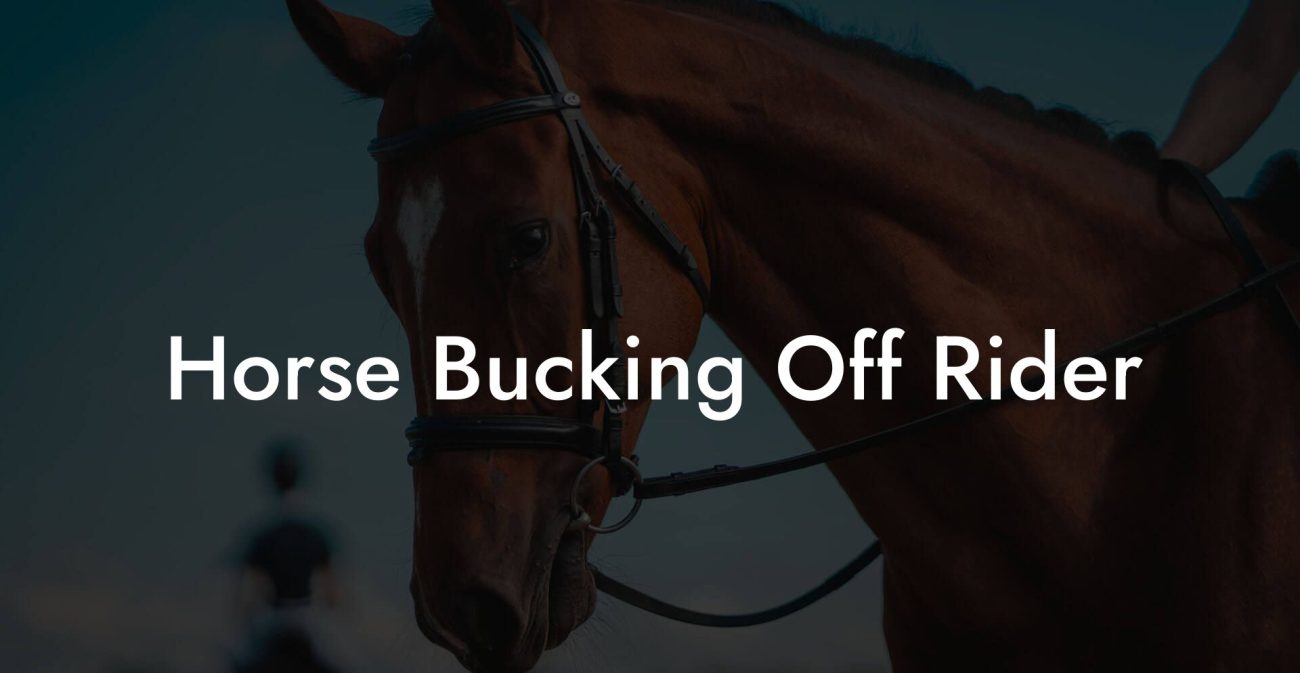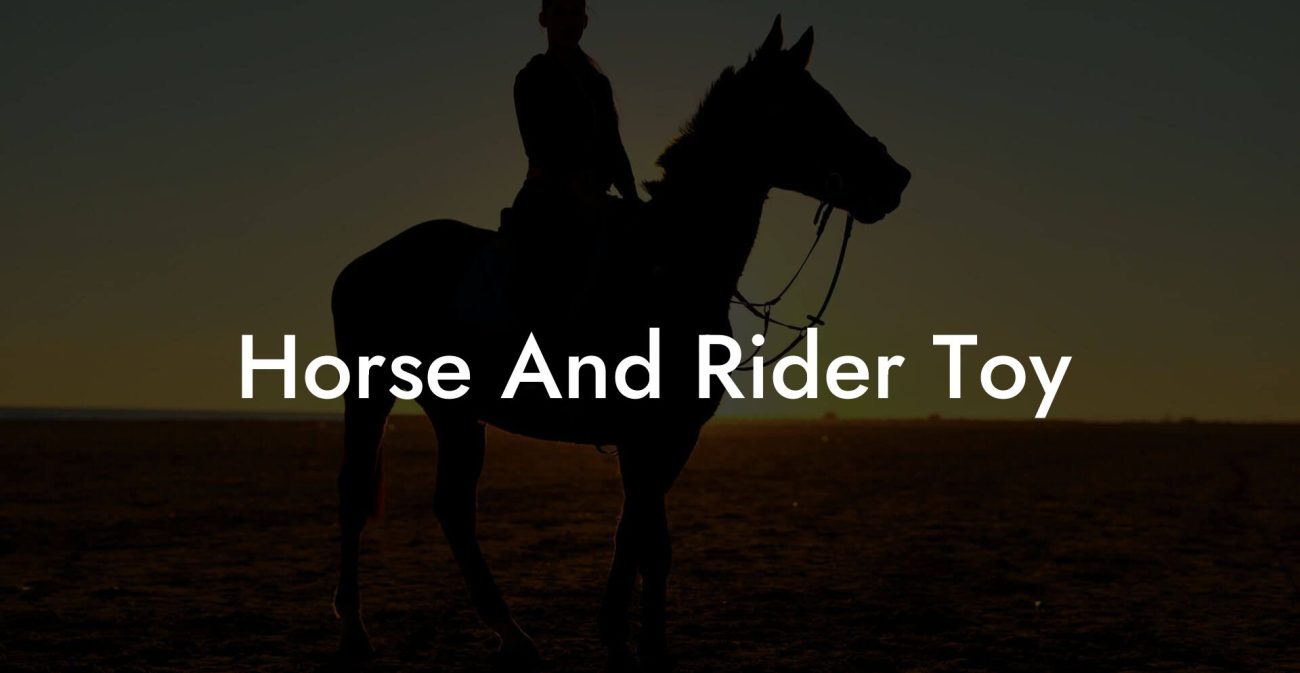Saddle up for an unconventional ride into the world of horse husbandry, a realm where ancient traditions meet cutting-edge care, and where your equine companion becomes both a friend and a fierce teacher in the art of raw, authentic life. If you’ve ever wondered how to transform a stable into a vibrant haven, blend practicality with passion, and use a hint of Gen-Z flair to keep your four-legged buddy thriving, you’re in the right place. Let’s dive headfirst into the world of horse care that’s as much about smart management as it is about genuine, heartfelt connection.
Quick Links to Useful Sections
- The Fundamentals of Horse Husbandry: More Than Just a Hobby
- Equine Nutrition and Feeding Techniques: Fueling the Fire
- Grooming Essentials: Keeping Your Horse Looking Fly
- Stable Management: Creating a Safe and Stimulating Home
- Equine Health and Veterinary Care: Preventive Measures and Emergency Protocols
- Training Techniques: Building Trust and Shaping Behavior
- breeding and Reproduction: The Science and Art of Equine Genetics
- The Role of Exercise: Keeping Your Horse Active and Engaged
- Safety and First Aid: Being Prepared for the Unexpected
- Integrating Technology in Modern Horse Husbandry
- Resources and Community Support: Your Next Steps
- Real-Life Success Stories in Horse Husbandry
- Horse Husbandry FAQs: Your Questions Answered
- Your Journey in Horse Husbandry: Embrace the Adventure
The Fundamentals of Horse Husbandry: More Than Just a Hobby
Horse husbandry is more than just mucking out stalls and tossing hay; it’s an intricate dance of nutrition, health care, grooming, and training. At its core, it’s about understanding that every horse is its own individual, with unique quirks, needs, and even moods that can rival the most unpredictable of social media trends. Whether you’re raising a spirited pony or managing a thoroughbred champion, the principles remain the same: proper care, consistent routine, and a healthy dose of love.
Embracing horse husbandry means celebrating the fact that equine management is a blend of art and science. You’re not just feeding a creature; you’re nurturing a living, breathing work of art that offers endless lessons in resilience and joy. From natural grazing behaviors to understanding the nuances of equine communication, every decision you make plays a crucial role in shaping your horse’s overall well-being.
With modern techniques and the best of traditional wisdom at your fingertips, you can transform horse care into a lifestyle that’s as practical as it is inspiring. Whether you’re a seasoned equine aficionado or just starting out, this guide will equip you with the knowledge and confidence to create a holistic approach that’s both effective and refreshingly real.
Equine Nutrition and Feeding Techniques: Fueling the Fire
Think of horse nutrition as crafting the perfect Instagram feed, balanced, vibrant, and with the right mix of essentials. A top-notch equine diet revolves around providing a diverse range of nutrients that ensure your horse not only looks good but feels great too. From the basics of pasture grazing to introducing finely balanced concentrates, every morsel counts.
At the heart of equine nutrition is the delicate balance between forage (the backbone of a horse’s diet) and concentrated feed, which should be tailored to meet the specific energy requirements of your animal. For horses with high activity levels or competitive ambitions, their dietary plan might include additional protein, vitamins, and minerals. On the flip side, older or more sedentary horses need diets geared toward maintaining optimal body condition without overloading their digestive systems.
Water is another superstar in the equation. Clean, fresh water isn’t just for quenching thirst; it’s essential for proper digestion, thermoregulation, and overall health. And let’s not forget supplements, a dash of omega-3 fatty acids, probiotics, and joint-support formulas can make a world of difference. Just like a trendy seasonal ingredient in your favorite latte, the right nutrients can revitalize and energize your equine friend.
When planning your horse’s menu, think holistically: consider the animal’s level of activity, age, and any special dietary needs. Whether you’re curating a gourmet pasture mix or fine-tuning a daily rations chart, keeping your horse’s nutritional needs met is the foundation on which all other aspects of husbandry are built.
Grooming Essentials: Keeping Your Horse Looking Fly
Grooming isn’t just about keeping your horse looking like they just stepped off a runway; it’s a crucial part of maintaining their overall health, circulation, and mood. A well-groomed horse is less prone to skin issues, parasites, and other discomforts, and it’s a perfect opportunity to bond with your majestic friend.
Start with a solid grooming routine that includes brushing to remove dirt and tangles, mane and tail care to keep things sleek, and hoof care which is non-negotiable. Think of it as a weekly self-care ritual where both you and your horse get to enjoy a little quality time. Not only does regular grooming help you spot potential health problems early, but it also reinforces trust and communication between you and your animal.
When it comes to de-matting, a gentle detangler or conditioner can work wonders, especially on horses with luxuriant locks. For those tricky areas, like around the ears or under the belly, a soft brush can help prevent any unwanted irritations. Embrace the process with humor: after all, if your horse could text, they’d probably send you a “thanks for the spa day!” emoji.
And while we’re on the topic, don’t overlook the importance of regular hoof cleaning and inspections. Heels and nails that look good on Instagram might hide underlying issues; therefore, schedule routine visits from farriers who can trim, balance, and even correct hoof anomalies. Grooming is a celebration of the beauty and vitality of an animal that has roamed the earth as a symbol of freedom, so let your routine shine with pride and purpose.
Stable Management: Creating a Safe and Stimulating Home
A well-managed stable is like the ultimate chill spot where your horse can kick back, relax, and be their awesome self. It’s not just about aesthetics (though a neat, Instagram-worthy stable is always a bonus); it’s about providing a safe, healthy environment where your horse can thrive.
Start by ensuring proper ventilation, regular cleaning, and an organized layout. Every inch of the stable should inspire comfort and security. Use durable, non-slip materials for bedding and flooring, and make sure that every corner is free from hazards that could lead to injuries. Think of your stable as a high-performance hub, a place where your horse can recover, recharge, and get ready for their next adventure.
Optimal stable management also includes routine inspections for potential threats like mold, rats, or even pesky insects that can disturb your horse’s zen. For horses that prefer a taste of the outdoors, scheduled turnout sessions in a safe pasture allow for both exercise and the joy of nature. Consider incorporating areas for both solitude and social interaction so your horse can choose how they want to spend their time.
Also, keep in mind the importance of space and enrichment. A bit of variety in the stable environment, such as different textures, toys, and safe objects to chew on, can reduce boredom and even prevent the development of stereotypical behaviors. In today’s digital age, while your phone might be full of notifications, your horse is full of dreams and needs that go far beyond the basics.
Equine Health and Veterinary Care: Preventive Measures and Emergency Protocols
Just like any relationship, your horse deserves a robust support system when it comes to healthcare. Regular veterinary check-ups, vaccinations, and parasite control are the trifecta of proactive horse care. Scheduled visits to the vet not only help detect and treat potential issues early on but also ensure that your horse’s overall health remains on point.
Preventive care in horse husbandry includes an annual vaccination schedule that covers common equine diseases. This is complemented by routine deworming protocols to keep pesky internal parasites at bay. For older horses, additional screenings for arthritis or dental issues may become necessary. When emergencies occur, whether it’s colic, a mysterious limp, or an allergic reaction, a quick-thinking owner with access to a reliable veterinarian can make all the difference.
Incorporate a comprehensive first aid kit in your stable with essential items like bandages, antiseptics, and wound care supplies. Familiarize yourself with basic equine first aid procedures; knowing how to handle cuts, sprains, or even heat stress can empower you to act decisively when every minute counts. Modern technology has also paved the way for mobile apps and telemedicine services that keep you connected to veterinary advice 24/7.
And remember, a healthy horse is a happy horse. Beyond the clinical measures, creating an environment of trust and calm contributes significantly to your horse’s emotional health. Stress can lead to a host of issues, so a holistic approach focusing on both physical and mental health is the modern mantra of successful horse husbandry.
Training Techniques: Building Trust and Shaping Behavior
From playful prancing to disciplined dressage, training is the heartbeat of a harmonious human-horse relationship. The goal is to guide your horse gently, not to break their spirit, but to foster a partnership that’s rooted in trust and respect. Modern training methods emphasize positive reinforcement over forceful corrections, ensuring that both you and your horse enjoy the learning process.
Begin with basic groundwork, simple tasks like leading, haltering, and responding to voice cues. These form the bedrock for more advanced training techniques and are essential for everyday handling. Incorporate variety in your training sessions to keep your horse mentally engaged; a bored horse is much more likely to develop unwanted behaviors.
The training arena is your playground for creativity. Use humor and spontaneity to make sessions fun and memorable. Whether it’s rewarding achievements with a tasty treat or a playful pat, celebrate milestones with enthusiasm. In the era of TikTok challenges, why not create a training routine that feels more like a fun dance-off than a choreographed drill?
Advanced training covers disciplines like jumping, trail riding, and even some innovative equine sports. Equine mindfulness and body language awareness can help you fine-tune your technique so that you’re not just teaching commands but are also learning from your horse’s natural instincts. This dynamic, reciprocal learning process transforms routine training into an artful exchange, making each session both effective and inspiring.
breeding and Reproduction: The Science and Art of Equine Genetics
When it comes to the genetics of beauty, stamina, and sheer equine charisma, breeding is no less than a high-stakes game of strategy. Whether you’re a breeder with a long family tradition or simply curious about the process, understanding the fundamentals of equine reproduction is an essential component of holistic horse husbandry.
Responsible breeding involves much more than simply pairing two horses. It demands a deep understanding of pedigree, temperament, and genetic health. Meticulous record-keeping, regular veterinary check-ups, and genetic screenings are the tools of the trade that help ensure healthy foals and continued lineage excellence. It’s about creating legacy while balancing ethical considerations and the well-being of both mare and stallion.
Equine reproductive management includes monitoring estrus cycles, providing specialized nutritional support during pregnancy, and ensuring a calm, controlled environment during foaling. Modern techniques like ultrasound imaging provide real-time insights, making the process safer and more predictable than ever before. The ultimate reward is watching a new life begin, a moment that encapsulates both the science and the soul of horse husbandry.
With proper planning and expert guidance, breeding can offer a rewarding pathway to enhancing the quality and performance of your equine herd. Whether you’re aiming to produce the next champion or simply preserve the rare traits of a beloved lineage, responsible breeding practices are the hallmark of ethical horse management.
The Role of Exercise: Keeping Your Horse Active and Engaged
Just like us hitting the gym (or couch surfing a bit), horses need a good dose of exercise to keep their bodies and minds in peak condition. Regular physical activity ensures muscle tone, cardiovascular health, and mental alertness, all crucial for a vibrant and happy horse. From early morning turnout to structured riding sessions, exercise is the spark that ignites every facet of your equine’s vitality.
Incorporate a variety of activities to suit your horse’s personality and physical capabilities. For some, long, leisurely rides through open pastures provide the perfect blend of exercise and relaxation. For others, dynamic activities like barrel racing or show jumping bring a burst of adrenaline and focus. Tailor the exercise regimen to seasonal changes and the specific needs of your horse to prevent overexertion and keep routines fresh.
Outdoor exercise not only builds muscle but also enhances social behavior. Horses, being inherently social creatures, thrive on interactions, whether during competitive events or casual playtime with fellow stable mates. This social dimension encourages cognitive skills and builds a sense of community among your herd. In a world where both humans and horses crave connection, integrating play and exercise can transform a mundane routine into a joyful celebration of movement and life.
Remember that consistency is key; a well-balanced workout plan contributes to long-term health benefits, reduces the risk of injury, and makes even the most sedate horse feel like a rock star. Whether you’re planning a regimented training schedule or a free-spirited frolic in nature, every step counts towards crafting a life full of energy and exuberance.
Safety and First Aid: Being Prepared for the Unexpected
When living on the wild side of horse husbandry, safety isn’t just a buzzword, it’s a must-have. Accidents, though rare in a well-managed stable, can still happen. That’s why having a robust safety plan and first aid protocols in place is essential. Picture it as your equine emergency kit blended with street-smart horse wisdom.
Every stable should be equipped with a comprehensive first aid kit containing items such as disinfectants, bandages, wound care solutions, and a digital thermometer. Familiarize yourself with essential first aid techniques like wound cleaning, splinting, and managing heat stress. Taking a certified equine first aid course can give you that extra boost of confidence and ensure you’re ready to handle any crisis.
In addition to maintaining equipment, safety also means regularly checking the environment for hazards. This could range from unstable fencing, sharp objects around the stable, to even toxic plants in the pasture. Routine inspections and preventive measures can significantly reduce the occurrence of injuries. And let’s face it, nothing kills the vibe more than an emergency that could’ve been avoided with a little foresight and care.
In today’s digital age, many apps and online resources offer quick guides to equine first aid, making it easier than ever to learn and implement these practices. So, whether you’re out riding in remote trails or simply caring for your stable at home, know that preparedness is the ultimate act of love for your magnificent companion.
Integrating Technology in Modern Horse Husbandry
Gone are the days when horse care was solely about hands-on labor and gut instinct. The new frontier in equine management harnesses the power of technology to elevate the care and management of our four-legged friends. Imagine real-time health monitoring, smart stables, and digital records that track everything from feeding schedules to training progress.
Modern apps and wearable devices geared toward horses are making it easier than ever to track health metrics like heart rate, steps, and even sleep patterns. These tools not only streamline daily routines but also alert you to subtle changes in behavior that could indicate a health issue. Whether you’re a tech-savvy millennial or simply curious about the latest innovations, integrating digital solutions into your horse husbandry routine can revolutionize the way you care for your animal.
From automated feeding systems that dispense precise portions at scheduled intervals to virtual consultations with equine specialists, technology is bridging the gap between traditional husbandry and modern efficiency. It’s like giving your stable a smart upgrade without losing the soul and charm of authentic equine care.
Embracing technology doesn’t mean sacrificing the hands-on experience; instead, it empowers you with data-driven insights. Use these insights to tailor nutrition plans, monitor training sessions, and even predict health events before they escalate. The blend of tech and tradition creates a robust, futuristic approach that can elevate every aspect of horse husbandry, keeping you ahead of the curve, and your horse, always one gallop ahead in vitality.
Resources and Community Support: Your Next Steps
No one rides solo in the vast arena of horse husbandry. Whether you’re a newbie or a seasoned pro, tapping into a community for support, advice, and shared experiences is invaluable. Social media groups, online forums, local clubs, and workshops offer a vibrant space where horse lovers can exchange ideas, troubleshoot problems, and celebrate every win, big or small.
Explore online platforms that offer video tutorials and blog posts from top equine experts. Subscribe to newsletters, attend webinars, and join local equestrian events. These resources not only enhance your knowledge but also connect you with a network of like-minded individuals who are passionate about sustainable, modern horse care.
Many innovative communities discuss everything from eco-friendly stable design to the latest breakthroughs in equine medicine. This digital camaraderie provides a treasure trove of tips, creative hacks, and motivational stories that remind you why you fell in love with horses in the first place. In today’s interconnected world, every share, comment, and like fuels a larger movement towards smarter, more compassionate horse husbandry.
Your next steps might include joining a local horse club, following industry leaders on social media, or even starting your own blog to share your journey. Embrace the wealth of resources available and be open to learning every day, you never know when a new idea will vault your horse care routine into a league of its own.
Real-Life Success Stories in Horse Husbandry
There’s nothing like hearing real-life success stories to light a fire under your stable routine. Consider the story of Jenna, a millennial horse enthusiast who turned a modest weathered barn into a model of modern, sustainable horse care. By combining traditional practices with online research and community advice, Jenna not only improved her horse’s well-being but also created an inspiring blueprint for others.
Then there’s Marcus, who inherited a sprawling family stable that was in desperate need of a facelift. With the help of innovative technology and a little creativity, he transformed the outdated setup into a smart, eco-friendly paradise equipped with automated feeding systems, modern tack innovations, and a space for regular horse fitness sessions. His story is a testament to the power of blending legacy with innovation.
Another notable tale is that of Latoya, a first-time horse owner who faced daunting challenges in training her stallion. Through a mix of patience, positive reinforcement, and digital monitoring tools, she not only mastered the art of horsemanship but also documented her journey on social media. Her candid posts, filled with humor and real-life lessons, resonated with thousands around the globe, proving that with dedication and the right mindset, any obstacle in horse husbandry can be transformed into a stepping stone for success.
These stories, along with many others shared within our equine communities, remind us that every horse and every stable has a unique narrative. By embracing change, harnessing technology, and never hesitating to ask for help, horse husbandry evolves from a series of tasks to a vibrant journey filled with triumphs, challenges, and unforgettable moments.
Horse Husbandry FAQs: Your Questions Answered
Navigating the world of horse husbandry can be a wild ride, so here are some frequently asked questions to help steer you in the right direction:
1. What exactly is horse husbandry?
Horse husbandry involves the comprehensive care, management, and maintenance of horses. This includes nutrition, grooming, training, health care, stable management, and even aspects of breeding and reproduction.
2. Why is nutrition so important for horses?
Nutrition is the cornerstone of equine health. A balanced diet ensures that horses receive the energy, vitamins, and minerals needed to maintain muscle tone, support metabolic functions, and fuel their active lifestyles.
3. How often should I groom my horse?
Regular grooming, ideally daily or at least several times a week, helps maintain a clean coat, reduces the risk of skin issues, and offers a valuable opportunity to bond with your horse.
4. What are the most important aspects of stable management?
A well-managed stable should prioritize cleanliness, proper ventilation, safe flooring, and ample space. Routine inspections for hazards and regular maintenance are also key.
5. How can I integrate technology into my horse care routine?
Modern tech tools include wearable devices for monitoring health metrics, apps for scheduling feeding and training sessions, and smart stable systems that automate tasks, all of which can enhance efficiency and proactive care.
6. What basic training techniques should I know?
Start with groundwork such as leading, haltering, and basic voice commands. As your bond strengthens, gradually introduce more advanced exercises that focus on balance, coordination, and positive reinforcement.
7. How do I know if my horse needs more exercise?
Behavioral cues such as restlessness, weight gain, or diminished performance are signs that your horse might benefit from increased physical activity and structured exercise sessions.
8. What are some indicators of good overall equine health?
A shiny coat, clear eyes, consistent eating habits, a playful demeanor, and regular, healthy movement are all positive indicators of your horse’s wellbeing.
9. How do I manage first aid in an emergency?
Always have a well-stocked first aid kit and be familiar with basic equine first aid techniques, including wound care, cold therapy, and emergency contact protocols for your veterinarian.
10. Where can I find reliable resources and community support for horse husbandry?
Reliable resources are abundant online, from equine health blogs and social media groups to local equestrian clubs and workshops. Engaging with these communities can offer valuable insights and continuous support.
Your Journey in Horse Husbandry: Embrace the Adventure
Embracing the multifaceted world of horse husbandry is like embarking on an epic adventure where every day brings new challenges, lessons, and triumphs. Whether you’re fine-tuning the perfect feed mix, experimenting with innovative training techniques, or simply enjoying a tranquil moment in the stable with your trusted companion, you are contributing to a legacy of care that transcends generations.
Horse husbandry, at its best, isn’t just a set of tasks, it’s a vibrant lifestyle that celebrates nature, responsibility, and passion. It’s about understanding the heartbeat of a creature that has roamed our lands for millennia and transforming your care into a form of art that is both practical and deeply soulful.
Every brush stroke, every carefully planned training session, and every moment spent in quiet contemplation with your horse is a step toward creating a profound bond that reflects not only the science of care but also the poetry of living in harmony with nature. This journey is one of constant learning and boundless joy, a journey that evolves with every new dawn and every spirited gallop.
So, whether you’re just starting out or you’re a seasoned caretaker ready to redefine your routine, remember that every moment counts. Equip yourself with knowledge, tap into the power of community, and let the adventure of horse husbandry transform your life. Your stables, your horses, and your spirit will thank you for making each day a beautiful testament to passion, innovation, and care.


